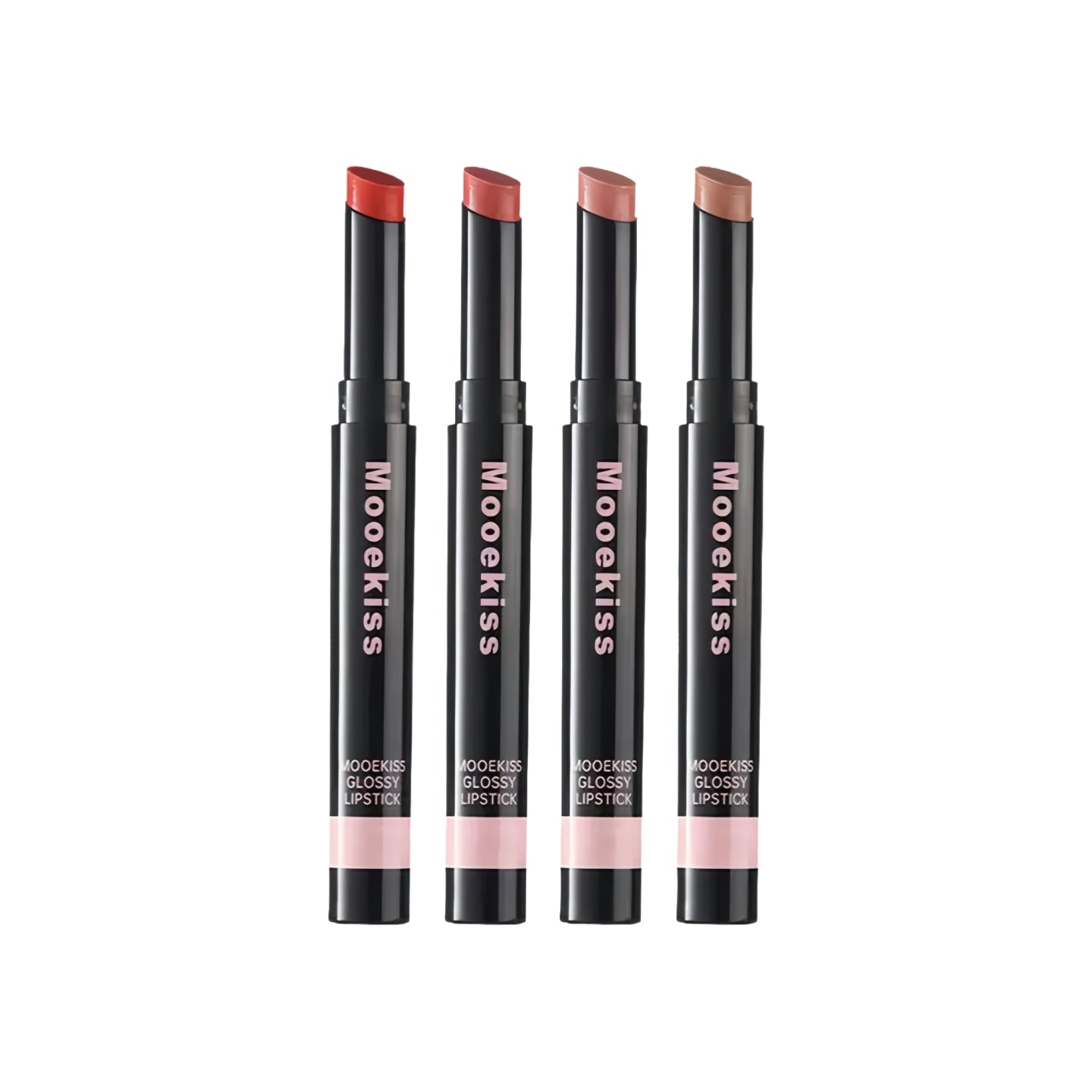#61
- Shanghai G Makeup Network Preparation Word2025002983
Common Ingredients Across Shades:
- CI 77891 (Titanium Dioxide) – A white pigment and UV filter; provides opacity and brightness.
- Dimethicone – A silicone-based emollient for smooth application and slip.
- Silica – Absorbs excess oil, improves texture, and reduces shine.
- Talc – A bulking agent that enhances blendability (controversial due to potential asbestos contamination, but cosmetic-grade talc is generally considered safe).
- Diisostearyl Malate – An emollient ester that improves spreadability and adhesion.
- Synthetic Wax – Adds structure and helps bind the formula.
- Caprylyl Glycol & Ethylhexylglycerin – Preservatives and moisturizing agents.
- Trimethylsiloxysilicate – A silicone resin for long-wear and water resistance.
- Microcrystalline Wax – Adds texture and stability.
- Hydroxystearic Acid – A thickening agent and emulsifier.
Notable Differences:
- 1: Contains CI 42090 (Blue 1 Lake) and CI 19140 (Yellow 5 Lake) for color.
- 2: Includes CI 77491 (Iron Oxide, red pigment) and dimethicone crosspolymer (for texture).
- 3: Features calcium aluminum borosilicate & calcium sodium borosilicate (shimmer particles), CI 77499 (Iron Oxide, black pigment), and tin oxide (for opacity).
- 4: Contains CI 77000 (Aluminum Powder) for metallic effects.
Potential Concerns:
- Talc: Some prefer talc-free formulas due to contamination concerns (though regulated talc is generally safe).
- Synthetic Waxes & Silicones: May not be preferred by those seeking natural formulas.
- Pigments (CI 42090, CI 19140): Synthetic dyes that some may avoid.
- This palette is silicone-heavy, providing a smooth, blendable texture with synthetic waxes for longevity. It includes pearls, mattes, and shimmers with varying pigments. If you have sensitivities to silicones or prefer clean beauty, you may want to check alternatives. However, for a highly pigmented, long-wear eyeshadow, this formulation is effective.
#60
- Shanghai G Makeup Network Preparation Word2025002982
Common Across Most Shades:
- Talc – Provides smooth application and blendability (cosmetic-grade talc is considered safe, though some prefer talc-free formulas).
- Dimethicone – Silicone for slip and easy blending.
- Silica – Absorbs oil, improves texture, and reduces caking.
- CI 77891 (Titanium Dioxide) – White pigment for opacity/coverage.
- Synthetic Wax – Binds ingredients for long-lasting wear.
- Caprylyl Glycol & Ethylhexylglycerin – Mild preservatives and moisturizers.
- Trimethylsiloxysilicate – Water-resistant silicone for durability.
- Hydroxystearic Acid & Stearic Acid – Emulsifiers that help with texture.
Notable Differences by Shade:
- 1:
- Calcium Aluminum Borosilicate & Calcium Sodium Borosilicate – Synthetic glitter/shimmer particles.
- Synthetic Fluorphlogopite – Shimmer effect (often used as a mica alternative).
- CI 77820 (Aluminum Powder) – Metallic finish.
- CI 19140 (Yellow 5 Lake) & CI 42090 (Blue 1 Lake) – Synthetic colorants.
- 2:
- Mica – Natural shimmer (may have ethical sourcing concerns).
- CI 77491/77492/77499 (Iron Oxides) – Red, yellow, and black pigments for depth.
- Nylon-12 & Polymethylsilsesquioxane – Texture enhancers for softness.
- CI 15985 (Yellow 6 Lake) – Synthetic dye.
- 3:
- Kaolin Clay – Absorbs oil, good for matte textures.
- CI 77266 (Chromium Oxide Green) – Green pigment.
- Chlorphenesin – A preservative (some may prefer preservative-free formulas).
- 4:
- CI 77510 (Ferric Ferrocyanide, Prussian Blue) – Blue pigment (can be controversial in some markets).
- CI 61570 (Green 6) – Green synthetic dye.
Potential Concerns:
- Talc – Some avoid it due to contamination risks (though regulated talc is generally safe).
- Synthetic Dyes (CI 19140, CI 42090, CI 15985, etc.) – May cause sensitivities in some users.
- Mica – Ethical concerns regarding mining practices.
- Chlorphenesin – A preservative that some may prefer to avoid.
Performance Expectations:
- 1 & 4: High shimmer/metallic finish (thanks to borosilicates, synthetic fluorphlogopite, and aluminum powder).
- 2: Balanced matte/shimmer (iron oxides + mica).
- 3: More matte (kaolin clay, minimal shimmer).
Who Might Avoid This?
- Those seeking clean beauty (due to silicones, synthetic dyes, talc).
- People with sensitive skin (some dyes/preservatives may irritate).
- Vegans (you might have concern on the use of mica).
- This palette is highly pigmented with strong shimmer/metallic options, best for those who enjoy long-wear, silicone-based textures. If you prefer natural/mineral makeup, you might look for alternatives.



















